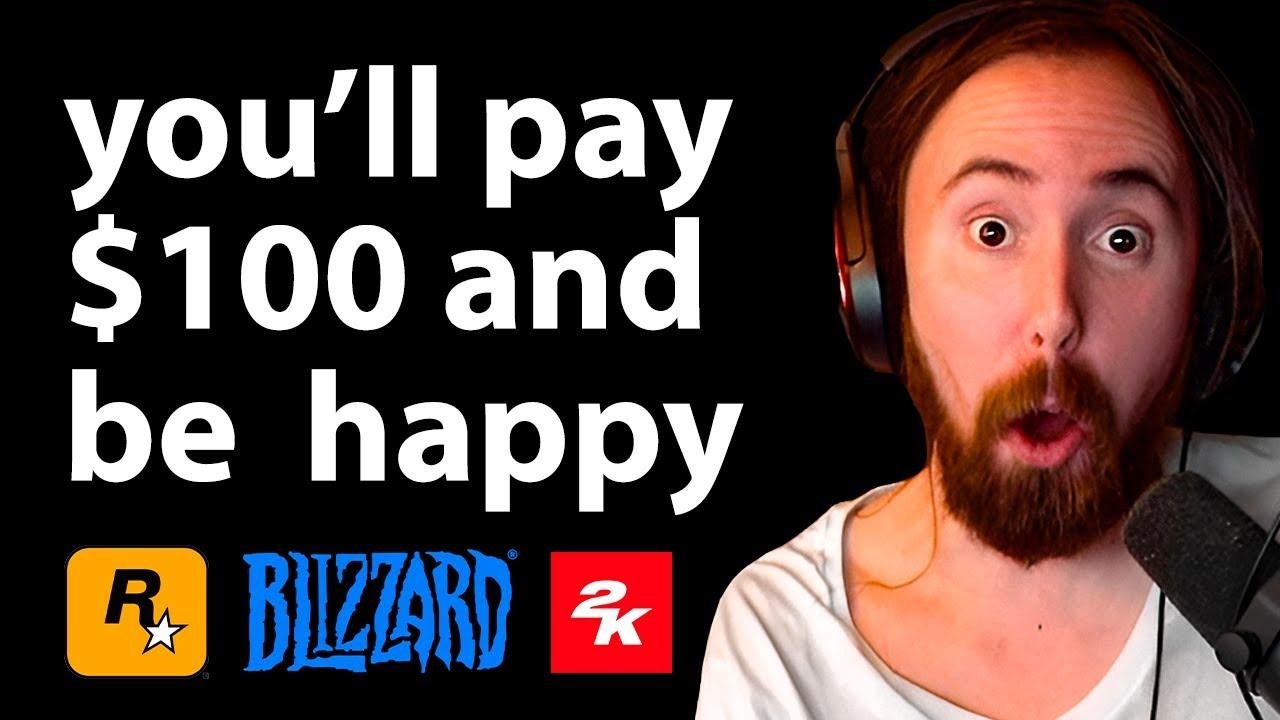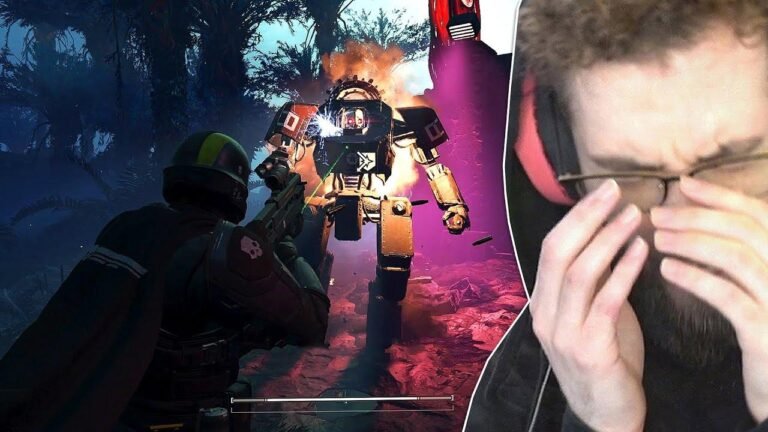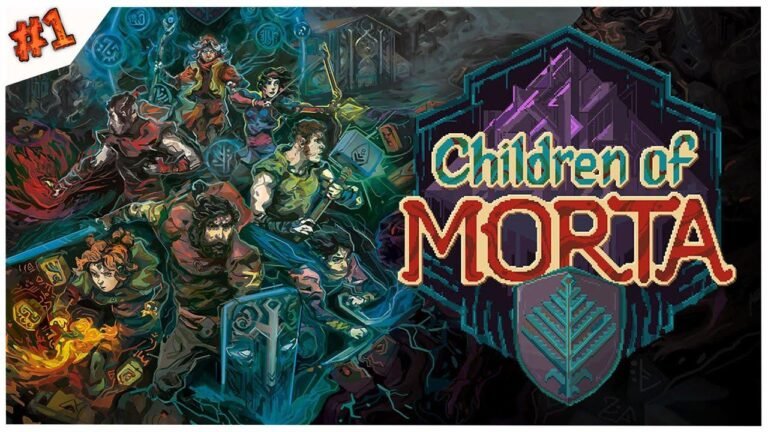Every gamer knows that the $100 price tag for video games is becoming the new norm. Companies are trying to justify it, but let's be real - it's just greed. Sure, there's inflation, higher budgets, and all that jazz, but at the end of the day, it's a tough pill to swallow. It's like paying top dollar for the same old game with a different label. And don't even get me started on the microtransactions. It's a slippery slope, my friends. So, brace yourselves - $100 video games are on the horizon. And that's just the way the cookie crumbles.
Einführung
Inhaltsübersicht
The trend of video game price hikes has been a hot topic in the gaming community. The days of games being priced at $60 or $70 are long gone, and it seems that a new norm of pricing games at $100 is emerging. This shift has sparked discussion and debate among gamers, developers, and industry analysts.
The Evolution of Game Prices
The pricing of video games has significantly evolved over the years. The standard cost of games has seen incremental increases, starting from $60 to $70, with a potential future price tag of $100. This change in pricing reflects the increasing production costs and the growing demand for high-quality, immersive gaming experiences.
The Debate Over Pricing
Consumer Acceptance
The prospect of paying $100 for a single game has led to a contentious debate. While some argue that consumers may be willing to pay a premium for exceptional gaming experiences, others express concern over the affordability of such a price point. The idea of normalizing $100 game prices has sparked conversations about the value proposition and expectations for modern video games.
"The concept of normalizing $100 game prices raises questions about the value proposition and expectations for modern video games."
Industry Response
Amidst the ongoing debate, major game publishers are testing the waters by exploring higher pricing models for their titles. Companies like Blizzard and Activision are at the forefront of this shift, aiming to determine consumer willingness to pay for premium gaming experiences. This initiative has resulted in mixed reactions from gamers and industry analysts.
Factors Influencing Pricing
Production Costs
The increased complexity and scale of game development have led to rising production costs. As game titles become more sophisticated and demanding, the cost of creating and marketing them also rises. This trend has prompted developers to reconsider the pricing of their games to ensure financial sustainability.
Value Proposition
The escalating game prices reflect developers' efforts to maintain a balance between the value offered and the price point. They aim to justify the higher costs by delivering enhanced gaming experiences that align with the evolving expectations of modern consumers. This value-driven approach highlights the industry's commitment to innovation and quality.
Consumer Response
Affordability Concerns
The prospect of $100 game prices has raised concerns about the affordability of gaming for the average consumer. With escalating costs and budget constraints, many gamers question whether they can continue to invest in high-priced games. This dilemma has amplified discussions about the financial accessibility of premium gaming experiences.
Value Perception
Amidst the pricing debate, gamers are evaluating the perceived value and worth of premium game titles. The increasing price tags prompt critical assessments of the content, duration, and overall value offered by these games. This introspection raises questions about the value proposition and the evolving standards for game pricing.
"The rising game prices have prompted critical assessments of the content, duration, and overall value offered by premium game titles."
Schlussfolgerung
The ongoing discourse about normalizing $100 game prices underscores the evolving landscape of the gaming industry. As industry dynamics continue to evolve, stakeholders must navigate the delicate balance between pricing, value perception, and consumer affordability. The debate surrounding game pricing reflects the industry's forward-thinking approach and its dedication to delivering exceptional gaming experiences.
Wichtigste Erkenntnisse
Here are the key takeaways from the discussion on normalizing $100 game prices:
| Zum Mitnehmen | Beschreibung |
|---|---|
| Pricing Dilemma | The gaming community grapples with the implications of normalizing $100 game prices. |
| Value Proposition | Developers evaluate the value presented by premium game titles in light of their higher price points. |
| Consumer Affordability | Concerns arise about the financial accessibility of gaming as game prices continue to increase. |
In conclusion, the gaming industry is at a pivotal juncture where the pricing of games reflects the evolving standards and expectations of modern gamers. Responding to this paradigm shift, stakeholders must consider the delicate interplay between pricing, value, and consumer perceptions.
FAQs
What factors are driving the increase in game prices?
The rise in game prices is primarily influenced by escalating production costs and the industry's commitment to delivering innovative and high-quality gaming experiences.
How are gamers responding to the prospect of $100 game prices?
Gamers are expressing concerns about the affordability of premium games and critically evaluating the value offered by these higher-priced titles.
What does the shift towards $100 game prices indicate for the gaming industry?
The shift towards $100 game prices signals the industry's quest for financial sustainability while maintaining a balance between value, innovation, and consumer accessibility.








